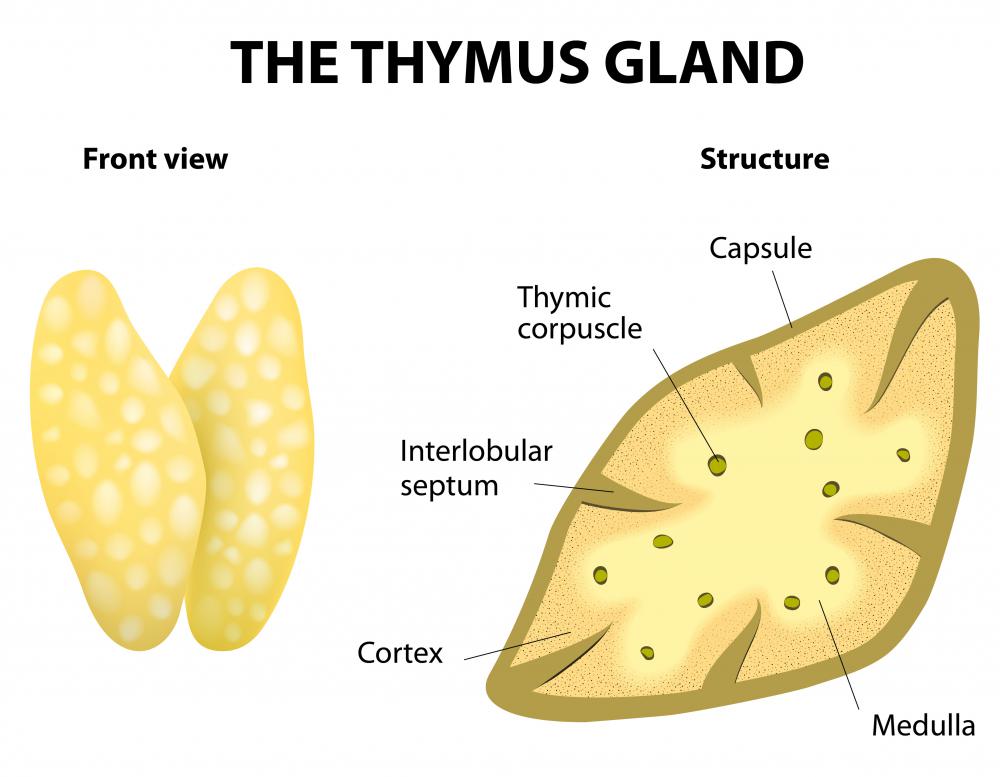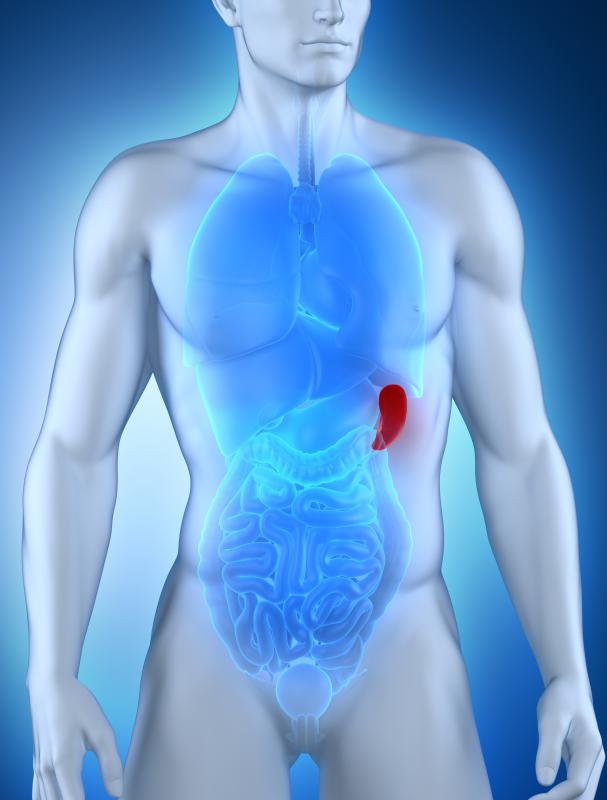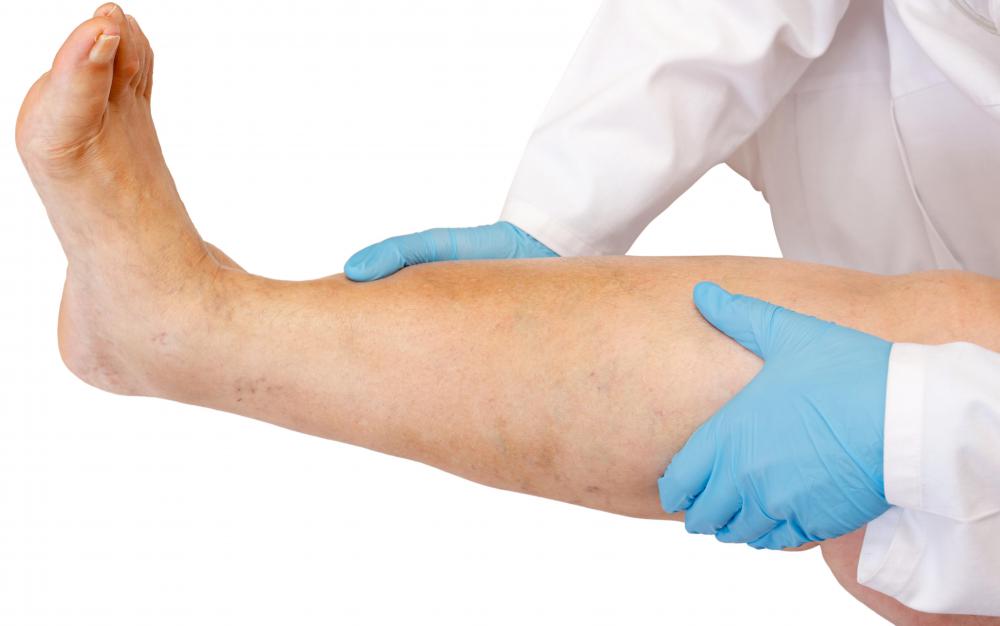At WiseGEEK, we're committed to delivering accurate, trustworthy information. Our expert-authored content is rigorously fact-checked and sourced from credible authorities. Discover how we uphold the highest standards in providing you with reliable knowledge.
What Are the Organs of the Lymphatic System?
Besides the cardiovascular system, human beings have an additional type of circulatory system referred to as the lymphatic system. Chief responsibilities of the lymphatic system are immunity, transportation of interstitial fluid back into the bloodstream, and fat absorption. Interstitial fluid pertains to the liquid substance between cells, serving as a transport vehicle for nutrients and waste. Organs of the lymphatic system include white blood cells, lymphatic vessels, and the lymph nodes.
Important for immunity and internal defense mechanisms, the lymphatic system consists of five different types of white blood cells which are divisible into two categories: granulocytes and agranulocytes. Containing tiny granules in the cytoplasm, eosinophils, neutrophils, and basophils are granulocytes. The remaining white blood cell groups are lymphocytes and monocytes, both of which are agranulocytes and do not contain the granules. Attacking foreign agents through cell-eating action, neutrophils are typically the first responders to sites of pathogenic invasion and are the most prevalent of all white blood cells. Scarcely present are the basophils, tiny white blood cells which help to regulate the inflammatory response by discharging histamine, a chemical naturally synthesized by the body causing symptoms of itchiness, redness, and swelling.

An extensive network of tiny vein-like structures, lymphatic vessels are organs of the lymphatic system responsible for carrying the interstitial fluid, also referred to as lymph. Constituting a one-way route to the blood, lymphatic vessels collect and transfer excess interstitial fluid back into the blood. No direct linkage exists between the lymphatic system and the circulatory system.

In addition to transport functions, certain organs of the lymphatic system play a primary role in the defense against disease. The lymph nodes, also called lymphatic glands, can be found connecting to lymphatic vessels functioning primarily as filters as well as producers of certain types of white blood cells. Lymph, which is the fluid in the lymphatic capillaries, moves through lymph nodes to pathogenic viruses and bacteria, which are ingested by specialized white blood cells within the lymph nodes. Particularly when involved in infection, the nodes generally become swollen and sore, such as during a course of tonsilitis, causing pain and swelling just underneath the jaw.

Other important organs of the lymphatic system include the thymus gland and the spleen. Situated in the thoracic cavity between the right and left lungs, the thymus gland is essential for the formation of t-lymphocytes, white blood cells important for cell-mediated immunity. The spleen serves as a storage place for white blood cells and platelets, structures necessary for the blood-clotting mechanism.
AS FEATURED ON:
AS FEATURED ON:

















Discuss this Article
Post your comments